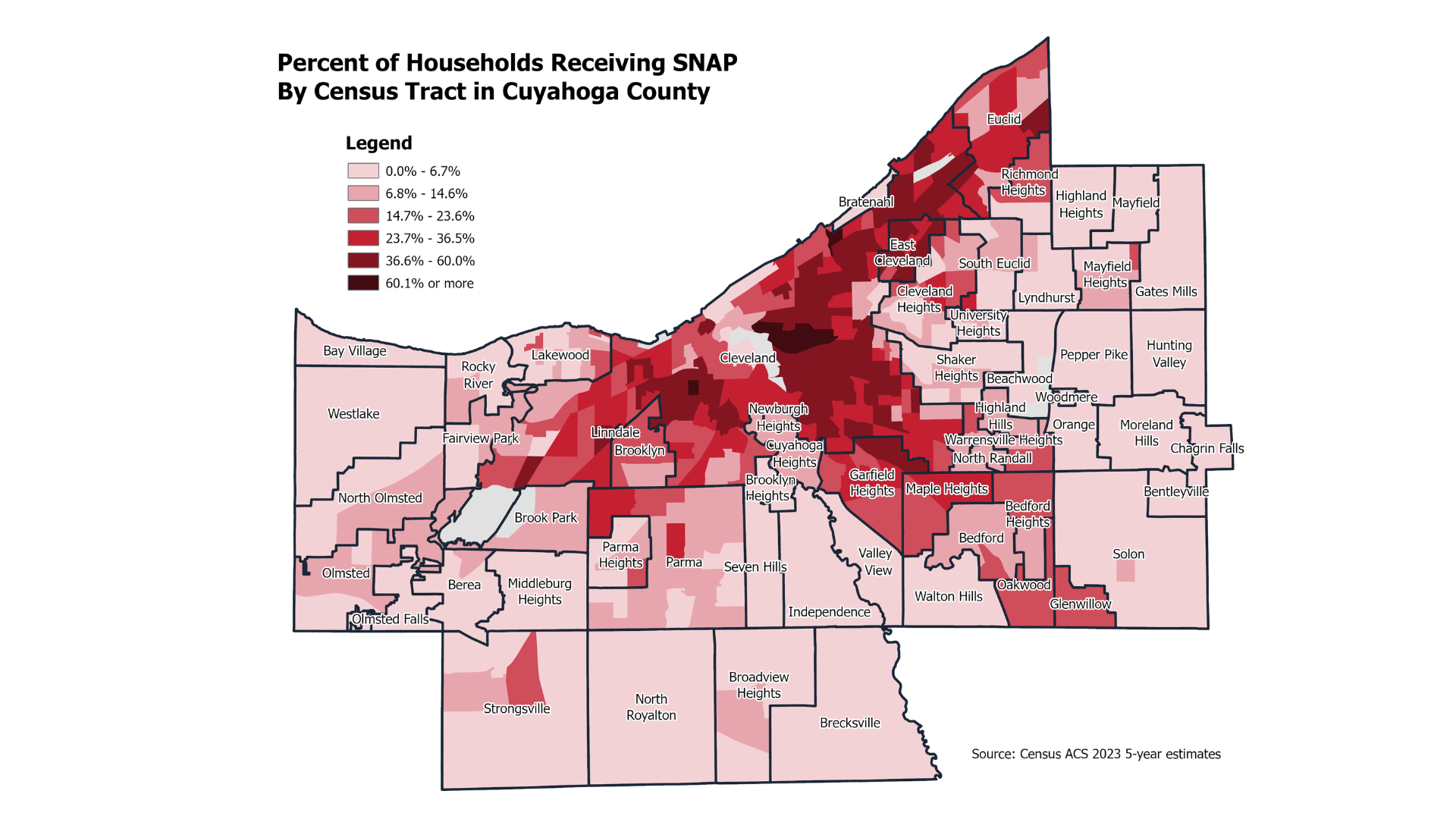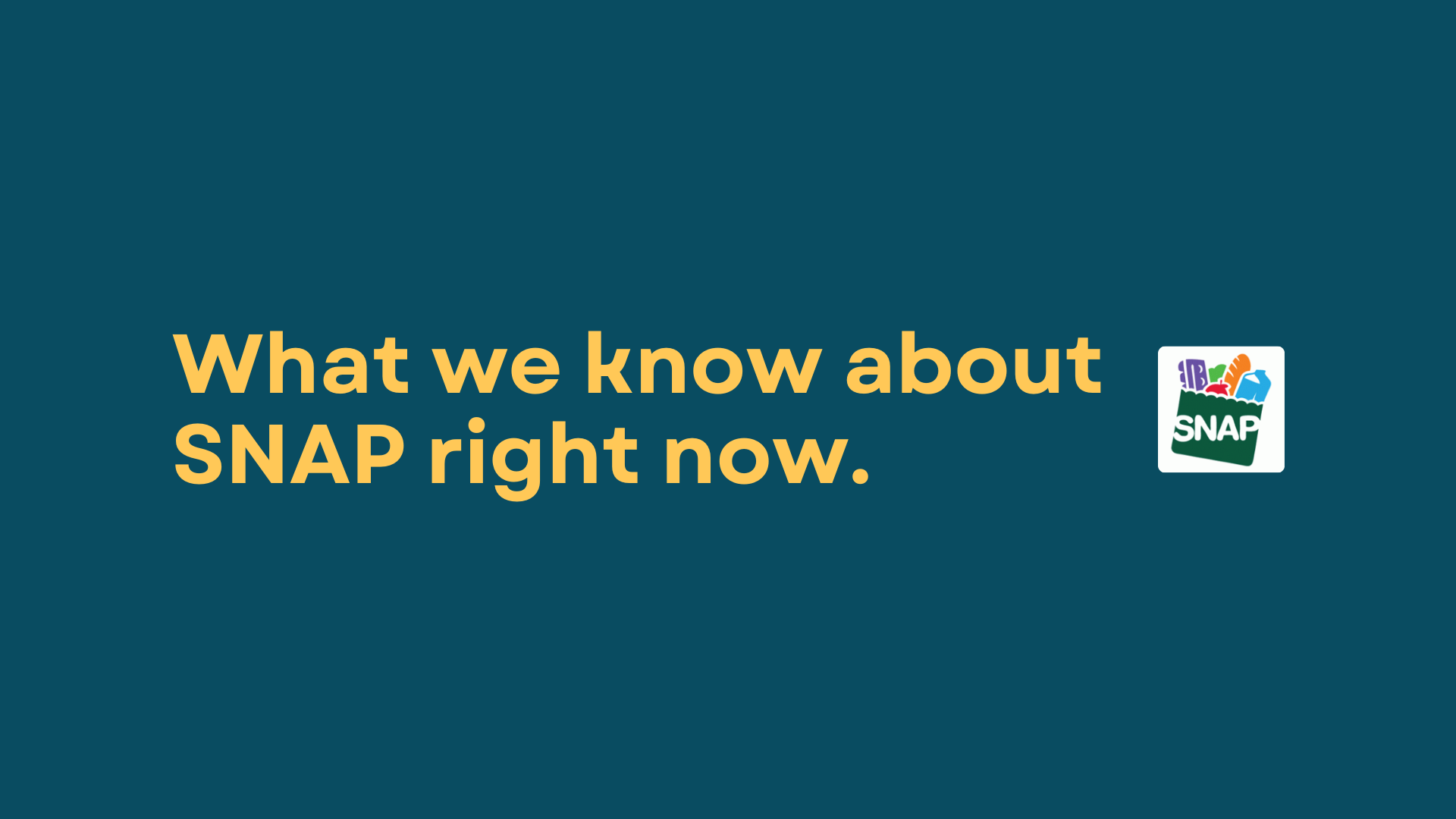The Center for Community Solutions identified improving coordination, efficiency and access across public benefits, which includes supporting county job and family services offices, as one of our advocacy priorities for the 2026-2027 state budget.
Every county in Ohio has a Department of Job and Family Services (JFS) office that provides the crucial service of connecting Ohioans to supports that allow them to find and keep jobs and provide for their families. JFS offices serve as the connection point to unemployment insurance, job training programs, Medicaid, Supplemental Nutrition Assistance Program (SNAP), child support, Temporary Assistance to Needy Families (TANF), childcare vouchers, and more. The ability of this department to run efficiently and effectively is paramount to supporting residents of Ohio. Providing good service requires resources including staff, technology, physical space, and material goods. Naturally, these resources have costs associated with them. Every two years during the state budget process, the amount of funding for counties is determined.
As the number of Ohioans receiving SNAP and Medicaid services have increased, the JFS budget has decreased
According to data provided by the Ohio JFS Directors’ Association, the number of Ohioans receiving SNAP and Medicaid services through JFS has increased and the budget has decreased over the last sixteen years. In 2008, the JFS allocation was $130 million compared to 2024’s allocation of $82.0 million; a 36% decrease in funding. The largest decrease occurred between 2009 and 2010 with the lowest point of recent allocations happening in 2012/2013. There was an increase in 2014 where the allocation remained steady. As many recall, 2008 marks the last extended economic downturn. In the following years, the state had both less funds to allocate and increased needs of residents who continued to experience the impact of the Great Recession even after it officially ended.
During this same time period, the number of both SNAP and Medicaid participants has grown. Since 2008, SNAP participants have increased by 18% from 1.1 million statewide to 1.3 million in 2024. With expanded eligibility for Medicaid, the increase has been even more drastic with 1.29 million participants in 2008 to 3.2 million in 2024; a 164% increase.

JFS allocation should return to the per capita rate of at least $15
Both the state and county JFS offices are generally interested in reducing administrative costs through careful budgeting and leveraging technological resources. In 2017, the state implemented a long overdue technology upgrade from DOS-based software to modern software designed to accept and process benefit applications.
The new program, Ohio Benefits Portal, while imperfect has been successful in creating efficiencies within the benefit application, approval and recertification processes. Paired with other cost-saving measures, this means that some of the reduction in funding from 2008 is good policy. A county office no longer needs $54 per participant to provide good service but it is concerning that the per capita rate continues to decline. Reduced resources are felt most acutely by those seeking benefits or recertifying benefits. Fewer staff available and unaddressed technological glitches lead to difficulty accessing the safety net programs that provide nutrition, medical care, job assistance, and childcare.

Community Solutions recommends the state allocation for JFS returns—at minimum—to the per capita rate of $15 that held steady between 2015-2020.
Community Solutions recommends the state allocation for JFS returns—at minimum—to the per capita rate of $15 that held steady between 2015-2020. At this level of funding, county JFS offices will be able to effectively serve as the community connector to the benefit programs that stabilize individuals, families, and communities.








